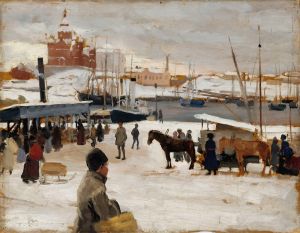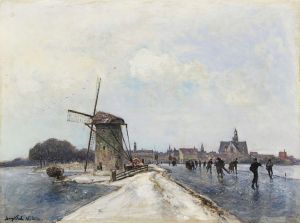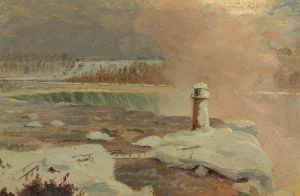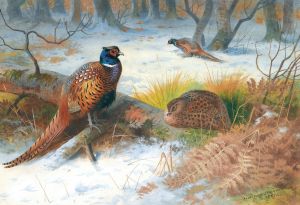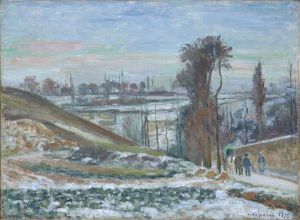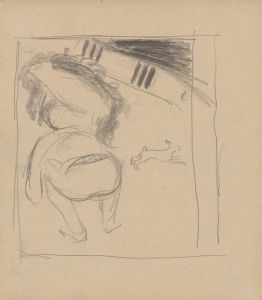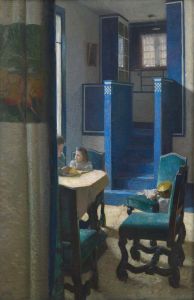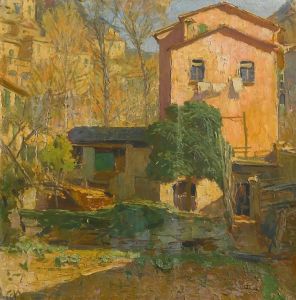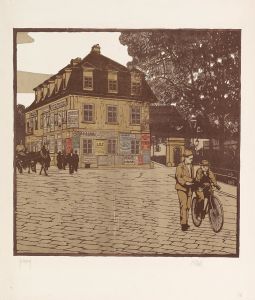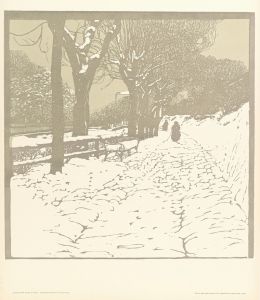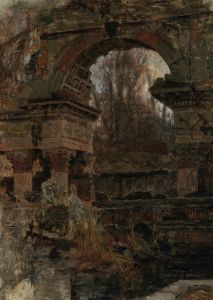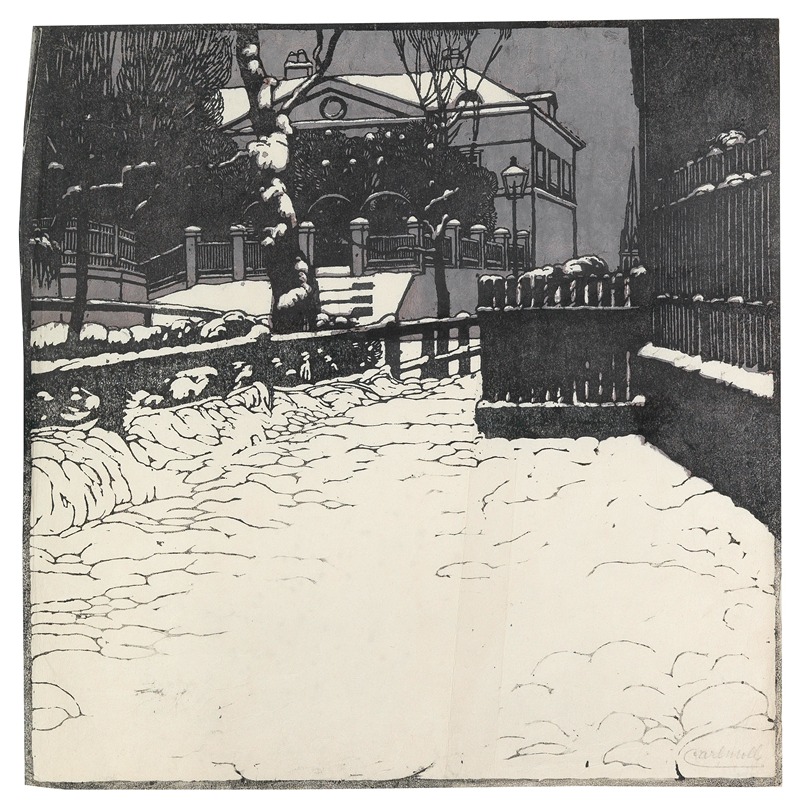
Verschneite Villa in Döbling
A hand-painted replica of Carl Moll’s masterpiece Verschneite Villa in Döbling, meticulously crafted by professional artists to capture the true essence of the original. Each piece is created with museum-quality canvas and rare mineral pigments, carefully painted by experienced artists with delicate brushstrokes and rich, layered colors to perfectly recreate the texture of the original artwork. Unlike machine-printed reproductions, this hand-painted version brings the painting to life, infused with the artist’s emotions and skill in every stroke. Whether for personal collection or home decoration, it instantly elevates the artistic atmosphere of any space.
Carl Moll was an Austrian painter born on April 23, 1861, in Vienna, Austria. He was a prominent figure in the Viennese art scene and a co-founder of the Vienna Secession, an art movement that sought to break away from the traditional academic art styles of the time. Moll's work is characterized by its focus on light, atmosphere, and the depiction of serene, often domestic, scenes.
One of Moll's notable works is "Verschneite Villa in Döbling" (Snow-Covered Villa in Döbling). This painting is an excellent example of Moll's ability to capture the quiet beauty of a winter landscape. The painting depicts a villa in Döbling, a district in Vienna known for its picturesque landscapes and affluent residences. The scene is blanketed in snow, creating a tranquil and serene atmosphere that is typical of Moll's style.
Moll's technique in "Verschneite Villa in Döbling" showcases his skillful use of color and light. The snow is rendered in various shades of white and gray, capturing the subtle variations in light and shadow. The villa itself is depicted with a keen attention to architectural detail, yet it is the interplay of light and the serene ambiance that dominate the composition. This focus on atmosphere over intricate detail is a hallmark of Moll's work and reflects the influence of Impressionism, which he encountered during his travels and through his association with other artists of the Vienna Secession.
The Vienna Secession, founded in 1897, was a group of artists who sought to explore new artistic directions and break away from the conservative art institutions of the time. Moll, along with other prominent artists like Gustav Klimt, played a significant role in this movement. The Secessionists were known for their innovative approaches to art, embracing modernism and experimenting with form, color, and technique. Moll's work, including "Verschneite Villa in Döbling," reflects these ideals through its emphasis on mood and the exploration of new ways to depict familiar subjects.
Throughout his career, Moll remained dedicated to capturing the essence of his surroundings, whether it was the bustling cityscapes of Vienna or the quietude of its suburban villas. His paintings often evoke a sense of nostalgia and tranquility, inviting viewers to pause and appreciate the beauty in everyday scenes. "Verschneite Villa in Döbling" is a testament to Moll's ability to transform a simple winter scene into a work of art that resonates with viewers through its subtlety and grace.
Carl Moll's contributions to the art world extend beyond his paintings. As a key figure in the Vienna Secession, he helped pave the way for future generations of artists to explore new artistic expressions. His work continues to be celebrated for its elegance and the unique perspective it offers on the world around us. "Verschneite Villa in Döbling" remains a cherished piece, exemplifying Moll's mastery of capturing the serene beauty of the Viennese landscape.





